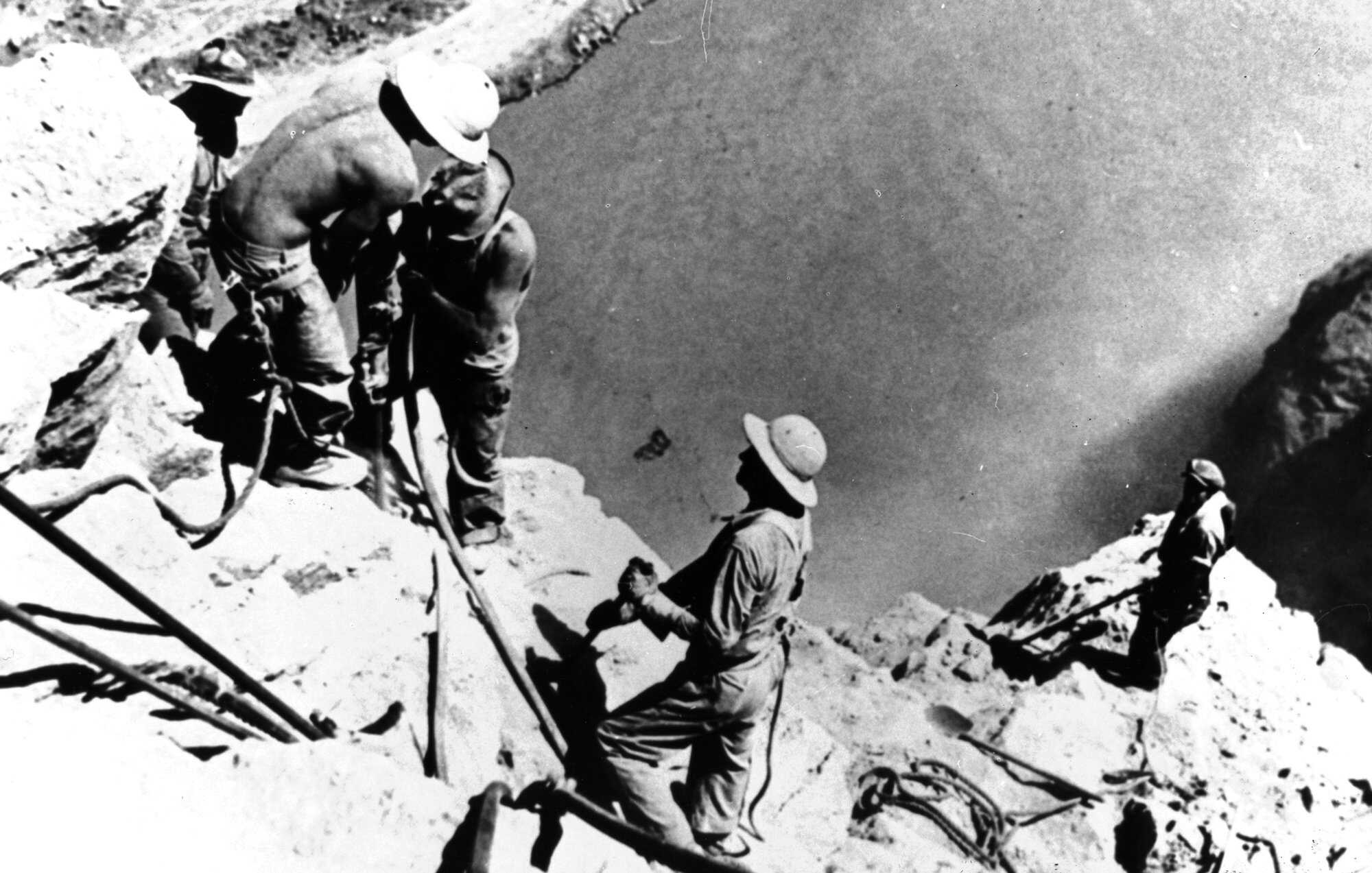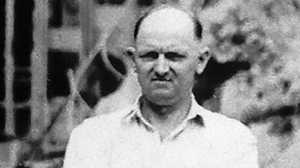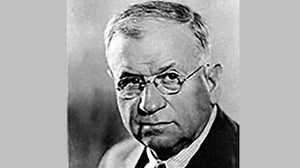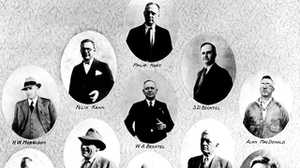Workers' Strike at Hoover Dam

Even under the best of conditions, dam building was tough, dangerous work. Those working on the construction of Hoover Dam had to contend with other factors that made their work more risky and trying. One was the searing, relentless heat. The temperature at the work site would routinely soar to above 120 degrees during the summer and plummet to well below freezing in the winter. An added pressure felt by the workers was the insistence of supervisors and managers to finish the job in record time. Millions of dollars were at stake. Six Companies, the outfit building the dam, had agreed to a rigid government deadline—two and a half years to divert the river or face steep fines for every day they ran late. In the rush to meet their deadline, Six Companies often sacrificed safety for speed. Working seven days a week, dam workers were exposed to all manner of dangers: carbon monoxide poisoning, dehydration, heat prostration, and electrocution from carelessly placed electrical lines. To top it off, workers knew they had little leverage to lobby for changes. With a quarter of the nation’s work force idle, the workers at Hoover Dam knew they were expendable.
Frank Anderson, a professional organizer for the radical labor union, the Industrial Workers of the World (IWW), had been dispatched to Las Vegas to recruit members and stir up demands for better working conditions and higher pay. Workers regarded Anderson and the IWW with suspicion and contempt. They knew any affiliation with a labor group could result in their having no job to complain about. Meanwhile, Six Companies, along with officials in Las Vegas and elements within the Reclamation Service, made concerted efforts to discredit and drive out the IWW. Frank Anderson was jailed on trumped up vagrancy charges.
Workers reached a breakpoint during the summer of 1931, however. On August 7, Six Companies reassigned a number of diversion tunnel workers to lower paying jobs. Within hours, the entire work force went out on strike. Six Companies contended that only 30 muckers, unskilled laborers who loaded broken rocks into trucks, would be affected by the pay reduction. Workers decided that the time was ripe, not just to protest the pay cut, but to list their grievances and issue demands. Among them: that clean water and flush toilets be provided, that ice water be readily available to workers, and that Six Companies obey all mining laws issued by the States of Nevada and Arizona. Significantly, the striking mine workers also voted to disassociate themselves from the IWW.
Upon reviewing the workers’ demands, job supervisor Frank Crowe echoed the feelings of his bosses in rejecting every one of them. The strikers made a last-ditch appeal to the U.S. Secretary of Labor, William Doak, to intervene on their behalf. He refused. Knowing they were beaten, and worried they might not get their jobs back, the strikers voted to return to the dam site. Six Companies stood by its pay cut, but pledged it would be the last. Additionally, efforts were made to improve work conditions as additional lighting and water were made available, and construction of living quarters in Boulder City was sped up.







